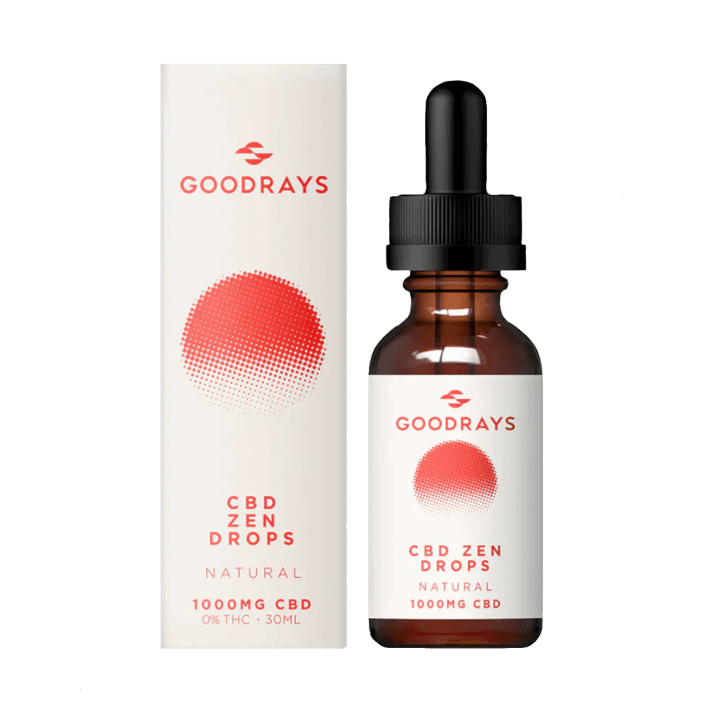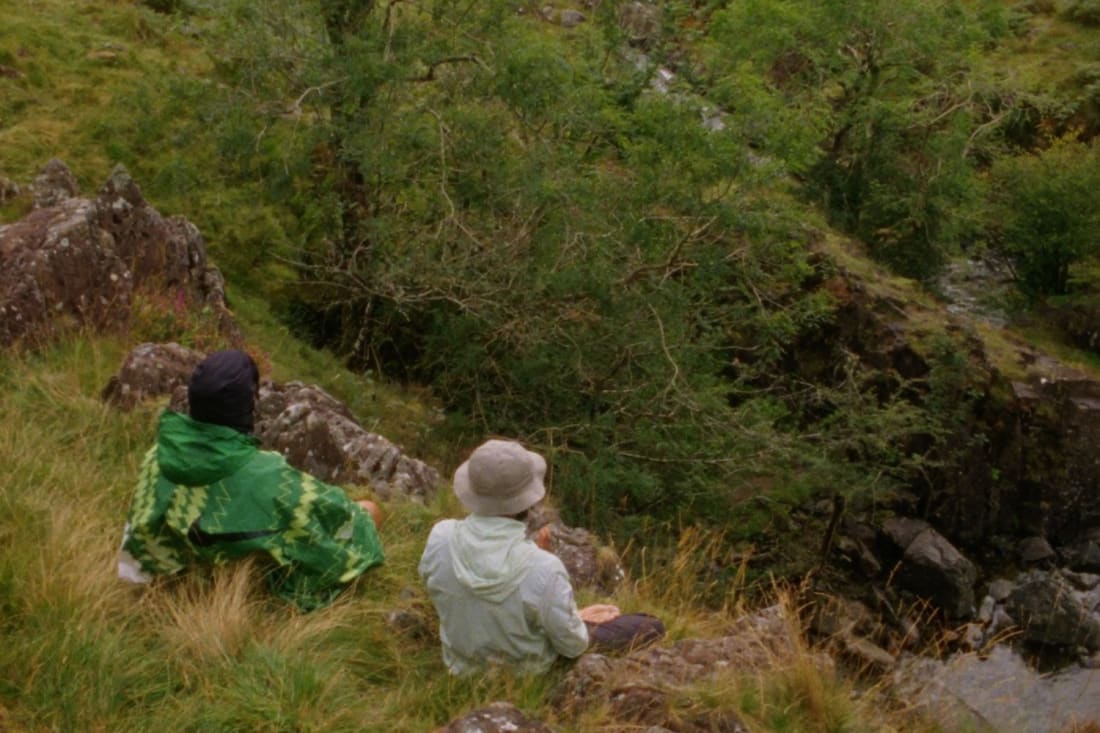Stop doomscrolling and pay attention to the positive news movement
Happy headlines might feel rare, but a much-needed subsection of the internet is providing an antidote to the grim news cycle when we need it most
Happy headlines might feel rare, but a much-needed subsection of the internet is providing an antidote to the grim news cycle when we need it most
In the spring of 2020, as COVID spread and we began to live our lives predominantly inside and online, a word emerged to describe the world’s collective new hobby: doomscrolling.
Doomscrolling (or “doomsurfing” in the US) involves over-consumption of negative news feeds, racking up some serious screen time to the point of feeling utterly hopeless with the world.
But just as our online habits became more detrimental than ever, a subsection of the internet began to flourish with endless websites, Instagram accounts, Facebook pages and TikTok profiles being created to platform positive news stories, providing a much-needed antidote to the doomscroll.
It was around the start of the pandemic that Saskia Ainsworth, a 22-year-old from Cheshire, noticed that her mental health would plummet every time she sat down to watch the news and realised there must be other young people feeling just like her. “When the world is full of bad news it can feel quite overwhelming and make people feel down,” she says, “I thought it would be nice to have somewhere for people to go where they could see good news too.”
She created Happy Headlines, a positive news website and social media platform designed to appeal to her “friends who don’t like reading much”. The website and social media pages offer simplified positive news stories from other outlets that take five minutes to read but offer a quick dose of optimism to break up her followers' news feeds.
Google searches for “positive news” spiked at the end of March 2020 and have seen smaller but consistent spikes in searches in the two years since. And whilst bad news and divisive clickbait currently has the mainstream media in a chokehold, positive news has found a welcome home on social media: The r/UpliftingNews subreddit first created in 2012 now has 17.7 million followers and accounts such as @goodnews_movement, @pubity and @goodnewsdog have millions of followers each.
Kit Chilvers is the founder and CEO of Pubity, a media company that has built social media accounts with a combined following of over 80 million people including @dadsaysjokes and @britishmemes. “I feel as though the reason wholesome and feel good content is more highly engaged is because people want to share news stories that aren’t bleak, that aren’t about death, that aren’t about destruction,” Kit says. “People want to see bright stories, the unknown everyday heroes. Regarding @PubityLatest, we pivot a lot of our stories around wholesome and feel good content.” In the last 90 days from January to April this year, the account has grown over 25%.
When 17-year-old Orlaith McEvoy’s mum posted a tweet about her daughter’s recovery from anorexia, neither of them expected the post to go viral via a positive news outlet. The tweet was picked up and re-shared by Your Positive News, a good news Instagram account with 88.6k followers. “I feel quite emotional that my recovery is being shared on a platform such as this,” says McEvoy, “I hope that by sharing my experience, it will help someone going through something similar not to feel so isolated, and to know that recovery is possible, that they deserve to get better.”
Aaron Brook, a 24-year-old from Essex, also had his story unexpectedly go viral. When one of Brook’s friends couldn’t attend an England football match at the last minute, they decided to give the spare ticket to a stranger on the train. Brook then posted a TikTok of them attending the game with the young Brazilian man they had given the ticket to, which found its way onto the Your Positive News page. “I was very surprised as I took the video for my memory then suddenly it blew up,” he says, “it’s nice to have it shared as English football fans get a lot of bad press.”
Brook is right in that positive stories of football fans are hard to come by in mainstream news, which is why positive news sites are so important. By existing outside of the realms of mainstream news, these optimistic websites and profiles provide a much-needed balance to the unrelenting negativity we are constantly exposed to and provide the opportunity to create a slightly different news agenda.
Mauro Gatti was driven by this desire to provide an alternative to the “fear-mongering and click-bait headlines” that dominate mainstream media when he created the good news platform, The Happy Broadcast. “There is a bombardment of panic from the media,” he says, “and I was struggling to find something to counter that.”
The Happy Broadcast has over 634k followers on Instagram and posts colourful graphics (illustrated by Gatti) sharing good news stories and talking points around subjects including climate, animal rights and LGBTQ+ rights. His illustrations depict stories ranging from tattoo artists offering to cover racist tattoos up for free to a boom in elephant populations in Kenya and Norwegian supermarkets printing the carbon cost on food shop receipts.
Whilst positive news platforms can provide “a dopamine rush” and are an important part of a “balanced news diet”, Gatti is quick to stress the impact of these platforms doesn’t have to end there. By creating a source of “anxiety free news” he hopes people will be more willing and able to calmly discuss these issues and inspire others to “be hopeful and be part of the movement that creates this good news.”
The power of good news as a vehicle for change is what inspired freelance writer Laura Graham to launch The Happy Hood, a community zine that celebrates good news in Northampton.
Around four years ago, Northampton, a town in the East Midlands, was facing a lot of negative news coverage after the council went bankrupt. “There were lots of artists, musicians, charities and community projects doing great stuff in the community and it didn’t seem like there was a platform celebrating them,” Graham says, “I wanted to show people locally that we have a lot to be proud of and inspire people to take action and change things they don’t like.”
By sharing positive news such as the story of nine-year-old Jessica who launched an initiative asking local businesses to reduce their use of single-use plastics after watching a David Attenborough documentary, Graham hopes to unite like-minded people in the community and inspire a little local spirit. “It is really important to seek out a bit of balance in what news you consume,” she says, “you can’t change that there is a war going on but you can turn to your hyper-local area and see what you can do in my community. Small things can make a difference.”
Graham puts the popularity of positive news outlets down, in part, to a growing distrust in mainstream media; “people are turning to things that are a bit more uplifting, balanced and positive,” she says. Positive news outlets act as a necessary reminder that beyond the Daily Mail front pages, the world is still full of love, joy and connection.
The Happy Hood also allows Graham to provide space for “marginalised people to get heard and get seen,” she says, something that is particularly important to her as a queer person. This inclusivity and freedom to cover stories that the mainstream news might typically ignore is a key part of the appeal of positive news outlets, both for the founders and contributors.
“I think these sorts of publications are more in touch with reality,” 29-year-old Suede, an artist whose work is regularly featured in The Happy Hood, says; young people can “relate to the content involved.”
Positive news outlets have never been about prescribing to toxic positivity – bad things happen in the world and burying your head in the sand won’t make them go away – but by being more conscious of the news we consume every day and balancing the negative with some positivity, these platforms are trying to create a better world.
“You can feel powerless reading the papers and seeing the news online, but these positive news outlets show that you do have power and as an individual, you can make a difference. That is what society needs to see more of,” Graham says.









